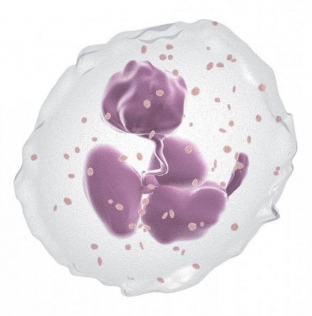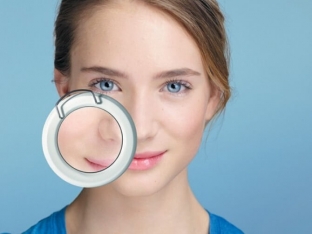Demodecosis is caused by opportunistic mites of the genus Demodex, which can be found in the skin of most people. As a rule, during the normal functioning of the immune system, metabolism and general condition of the body, this tick does not cause demodicosis. However, under certain conditions at any age, a person may show symptoms of this disease, since ticks secrete waste products that can cause irritation or an allergic reaction. Acne can also be caused by Demodex mites. Today estet-portal.com will talk about the effect of plasmolifting in the treatment of demodecosis and acne.
Platelet-Rich Plasma - Medical Applications
Plasmolifting, i.e. the introduction of own platelet-rich plasma (PRP), is used not only for skin rejuvenation, but also to accelerate recovery processes, for example, in orthopedics, traumatology, surgery.
The effect of PRP is due to cytokines secreted from platelets, which promote tissue regeneration and healing. So, the composition of autologous plasma includes:
- epidermal platelet growth factor (PD-EGF);
- platelet growth factor (PDGF);
- bone morphogenetic protein (BMP);
- transforming growth factor (TGF);
- endothelial cell growth factor (ECGF);
- Basic Fibroblast Growth Factor (bFGF).
The effect of PRP is due to cytokines secreted from platelets, which promote tissue regeneration and healing.
In addition, the regeneration of the skin surface and the regulation of inflammatory processes contribute to:
- serotonin;
- dopamine;
- histamine;
- adenosine.
Neutrophils in platelet-rich plasma
Platelet-rich plasma contains a large number of platelets. Phagocytic cells are universal effectors of homeostasis. Phagocytes are a “mirror of homeostasis”, they instantly fix any change inside the body.
The most numerous group of leukocytes are neutrophils. They are initiating factors in the development of inflammation and immune response.
The effect of plasmolifting in the treatment of demodecosis and acne in conditions of a decrease in the local immune response is also due to the characteristics of neutrophils.

The implementation of specific functions of neutrophils in peripheral blood is not normally possible. 40% of them circulate in the blood, the remaining 60% accumulate on the surface of the vascular endothelium, forming a parietal pool. The first and second groups of neutrophils are constantly in a state of exchange. Stress, intense muscular work leads to the mobilization of the parietal pool and the development of transient leukocytosis.
It has been proven that neutrophils are involved in the mutual activation of blood cells and the vascular wall during the development of a number of vascular diseases, and their soluble analogues in the blood are associated with the pathogenesis of immunopathological and infectious diseases:
- fungal diseases;
- pyoderma;
- acne disease;
- demodex.
L-selectins are expressed on the surface of intact neutrophils. Their counter-receptors:
- E-selectins of the endothelium;
- P-selectins of platelets.
Under conditions of inflammation, the temporal kinetics of these selectins may not coincide. Mediators lead to the release of adhesion molecules and their ligans from the granules. Adhesive molecules of L- and E-selectin contribute to the establishment of a weaker, and then stronger contact of the neutrophil with the endothelium with a common chain of CD18 and CD11.

Clinical effect of plasma therapy in the treatment of demodicosis and acne
In the case of acne and other infections, a decrease in the adhesiveness of phagocytes is observed, which causes a weakening of the immune response and the transition of the disease to a chronic form.
There is a stable clinical effect of plasma therapy (platelet-leukocyte autoplasma) as part of the complex therapy of demodex and acne.
The clinical effect of plasmolifting (platelet-leukocyte autoplasma) as part of the complex therapy of demodex and acne is persistent. This is due to:
- the action of cytokines on transmembrane receptors of local and circulating cells;
- initiation of the appearance of proteins regulating cell proliferation;
- initiation of cell differentiation, angiogenesis, chemotaxis;
- stimulation of extracellular matrix formation.
Thanks to the above processes, the inflammatory response is reduced, and an increase in the local and general immune response is also stimulated. Therefore, the inclusion of plasmolifting in a comprehensive treatment plan for demodicosis and acne is justified. The course of treatment in the acute stage: 3-4 procedures every 2 weeks, in chronic treatment: 4-6 procedures 1 time per month.






Add a comment